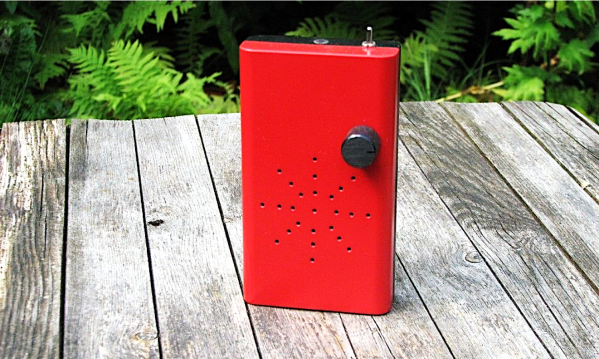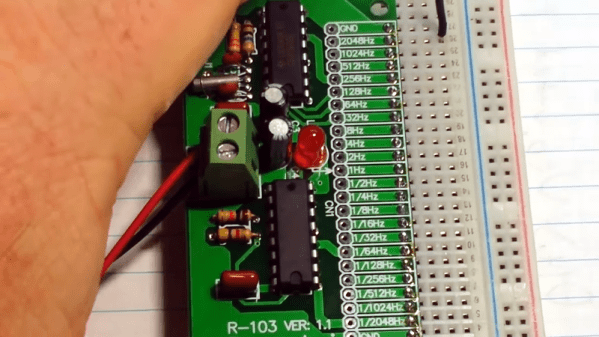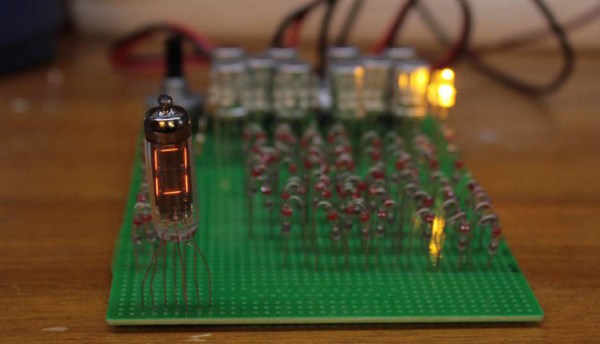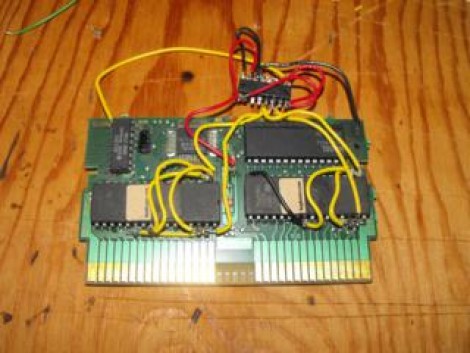Bats use echolocation to see objects in front of them. They emit an ultrasonic pulse around 20 kHz (and up to 100 kHz) and then sense the pulses as they reflect off an object and back to the bat. It’s the same type of mechanism used by ultrasonic proximity sensors for object-avoidance. Humans (except perhaps the very young ones) can’t hear the ultrasonic pulses since the frequency is too high, but an inexpensive microphone in a simple bat detector could. As it turns out bat detectors are available off the shelf, but where’s the fun in that? So, like any good hacker, [WilkoL] decided to build his own.
[WilkoL’s] design is composed primarily of an electret microphone, microphone preamplifier, CD4040 binary counter, LM386 audio amplifier, and a speaker. Audio signals are analog and their amplitudes vary based on how close the sound is to the microphone. [WilkoL] wanted to pick up bat sounds as far away as possible, so he cranked up the gain of the microphone preamplifier by quite a bit, essentially railing the amplifiers. Since he mostly cares about the frequency of the sound and not the amplitude, he wasn’t concerned about saturating the transistor output.
The CD4040 then divides the signal by a factor of 16, generating an output signal within the audible frequency range of the human ear. A bat signal of 20 kHz divides down to 1.25 kHz and a bat signal of up to 100 kHz divides down to 6.25 kHz.
He was able to test his bat detector with an ultrasonic range finder and by the noise generated from jingling his keychain (apparently there are some pretty non-audible high-frequency components from jingling keys). He hasn’t yet been able to get a recording of his device picking up bats. It has detected bats on a number of occasions, but he was a bit too late to get it on video.
Anyway, we’re definitely looking forward to seeing the bat detector in action! Who knows, maybe he’ll find Batman.



















